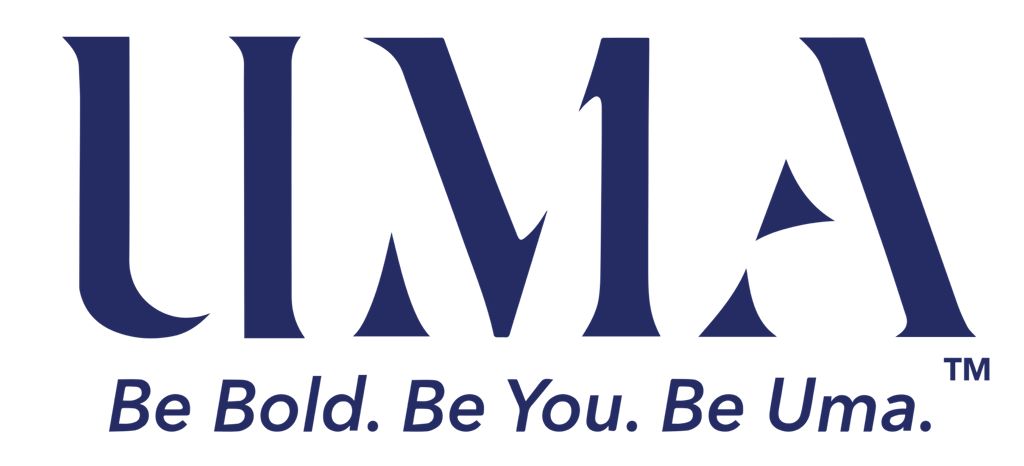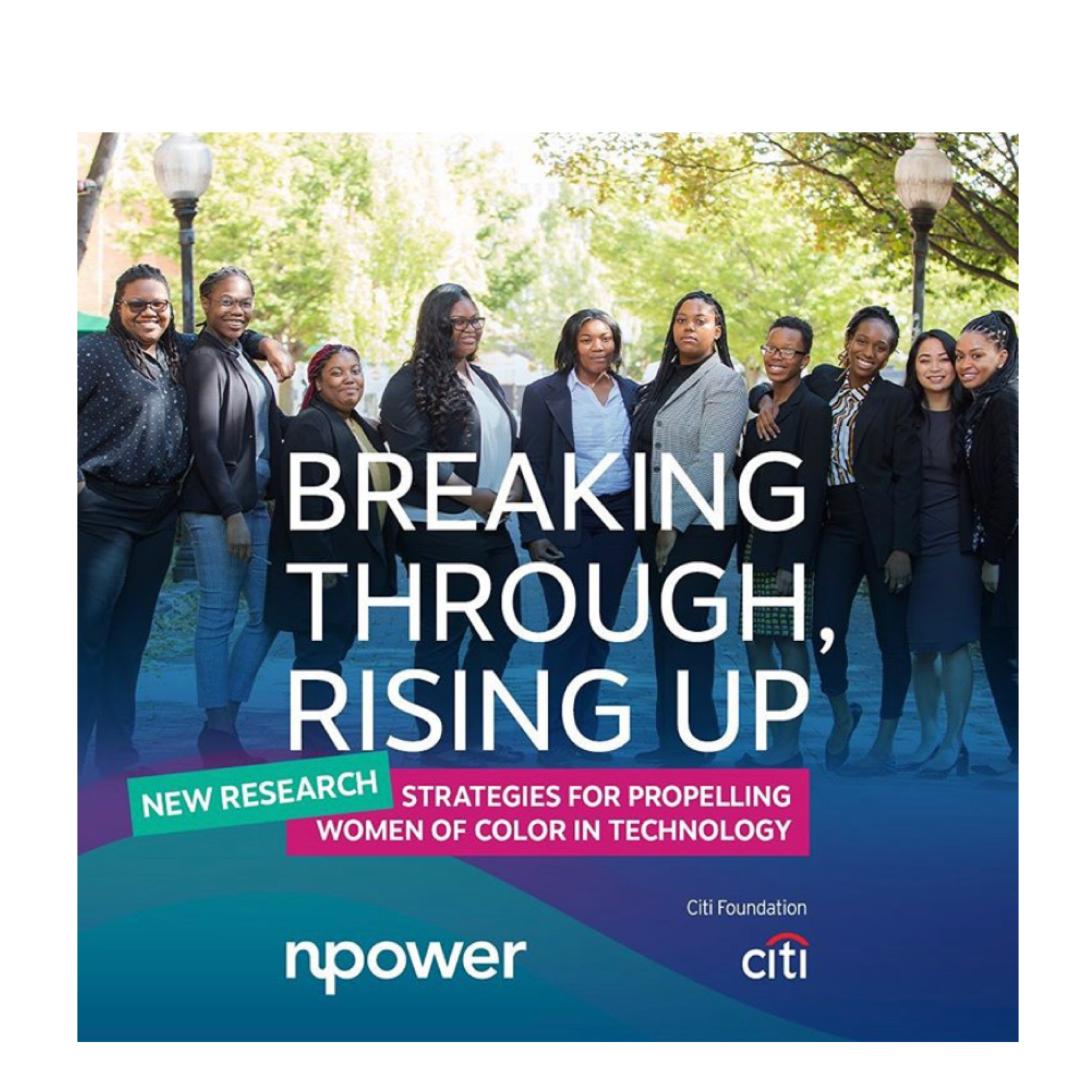Foster inclusive leadership and establish organizational accountability metrics: Rita Kakati-Shah, Founder and CEO of Uma, notes that while many companies conduct trainings related to diversity and inclusion, the real question is what happens afterwards, “How are they being held accountable?
To the extent that companies have a solid reputation for gender inclusion, often there is a senior champion in the organization advocating for shifts in policies and practices. While this is important, for sustainable and long-lasting shifts in culture to occur, a company’s senior leadership team should model inclusion, along with steps to ensure accountability.
The rates of women of color in c-suite leadership positions are minuscule. Research shows that while white women hit a glass ceiling, women of color hit a concrete ceiling. Companies with women and people of color in leadership positions signal to their junior staff that diversity is valued and that the same path is possible for them too. Again, though, diversity alone is not enough.
Inclusive leadership includes a set of behaviors, such as:
ensuring that team members speak up and are heard;
making it safe to propose novel ideas; empowering team members to make decisions; taking advice and
implementing feedback; giving actionable feedback;
and sharing credit for team success.
These leadership styles correlate with higher levels of feelings of inclusion and are an important factor in cultivating the leadership of women of color and retaining them (Sherbin & Rashid, 2017). Inclusive leadership also includes the willingness to establish and report on accountability metrics.
What are a company’s goals around a diverse workforce and inclusive climate? What are the steps it
will take to achieve those goals? What is the budget and what are the resources committed to getting there?
Accountability metrics help ensure that there is a commitment to systematically shifting the culture, rather than one-off or inconsistent attempts to foster inclusion.
Rita Kakati-Shah, founder and CEO of Uma, notes that while many companies conduct trainings related to diversity and inclusion, the real question is what happens afterwards, “How are they being held accountable? How is that changing retention numbers and women getting into senior leadership positions? Nobody’s really measuring that. And unless they do, you can’t ascertain what difference it is making. There are no discussion forums afterwards; there are no quarterly check-ins. And there needs to be in order to shift the needle.”
Rita Kakati-Shah’s advice is on P.31, and the full report is accessible here.

